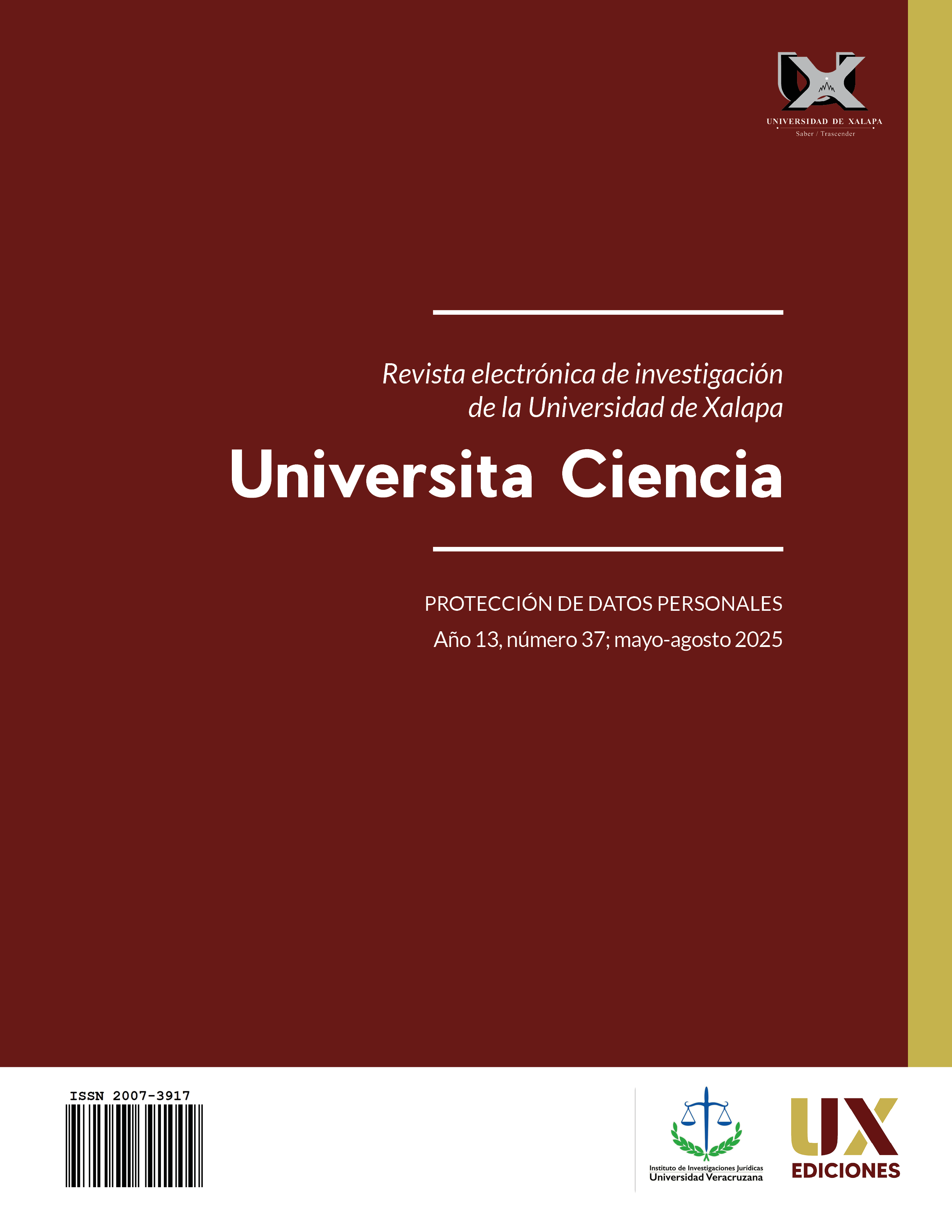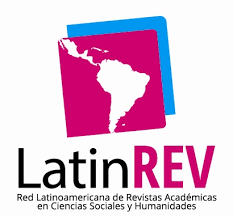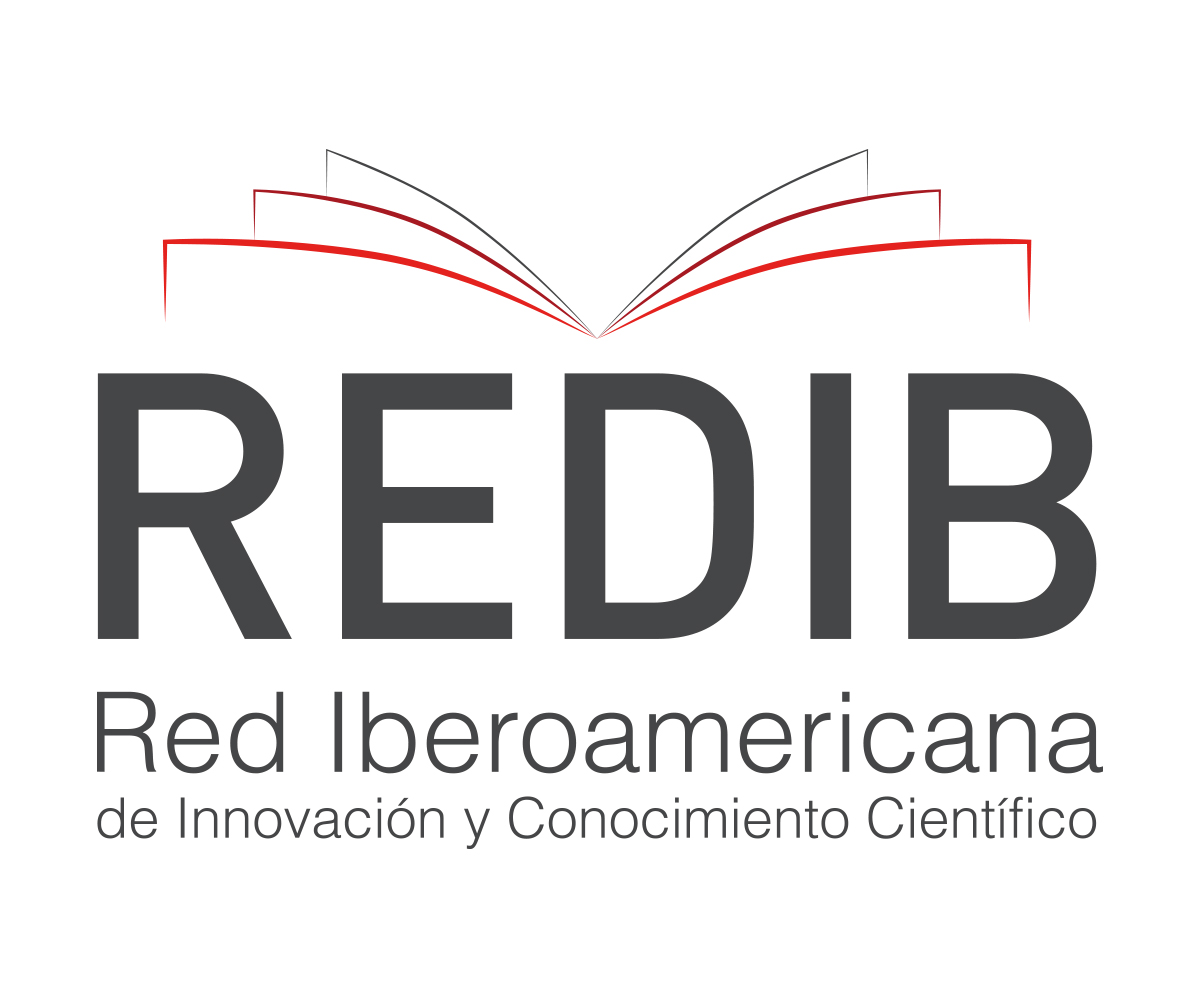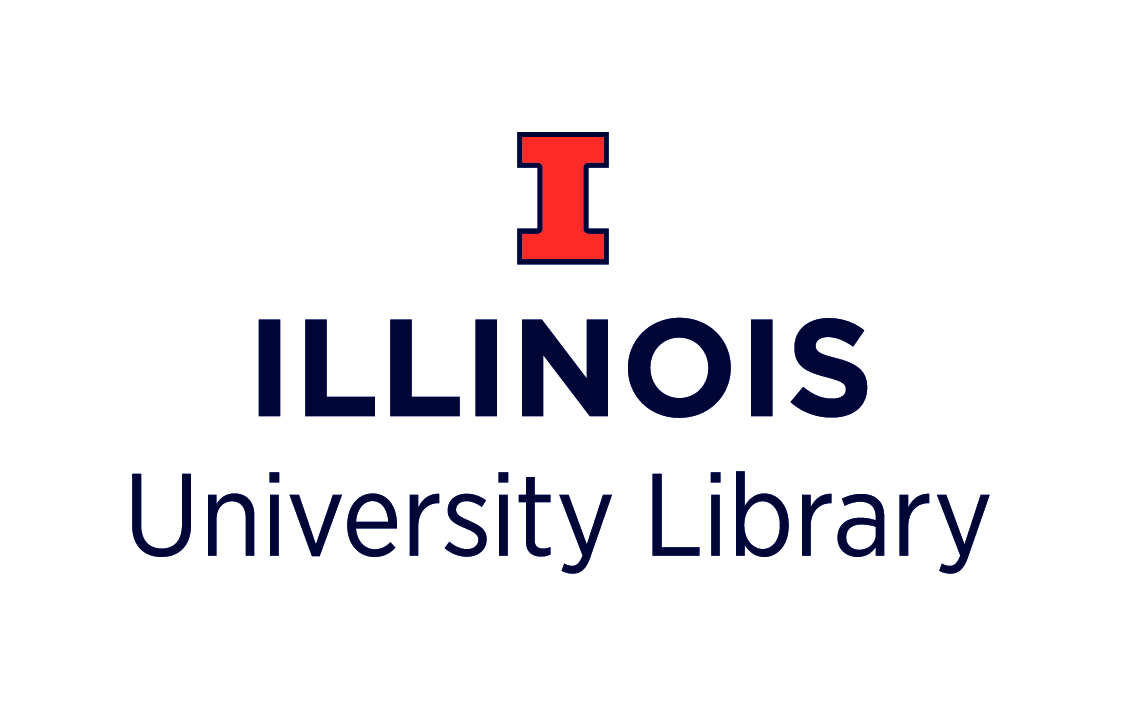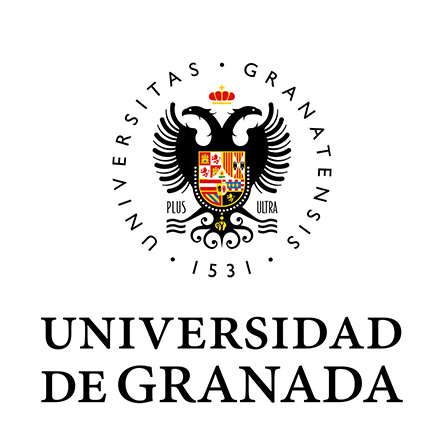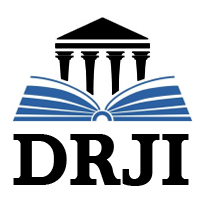Basic education teachers: work behavior and emotions in a context of transformation
DOI:
https://doi.org/10.5281/zenodo.16740350Keywords:
Teachers, Emotions, Work stress, new Mexican school, Primary educationAbstract
This quantitative, non-experimental, cross-sectional study examines the relationship between workload, emotions, and socio-emotional skills in 150 primary school teachers facing the implementation of the New Mexican School model (NEM 2022). Validated instruments such as DER, MBI, CTVS, SWLS, and IREN were used. Results indicate that factors such as marital status, age, employment status, school sector, and professional seniority significantly influence emotional exhaustion, perceived effort, and negative emotions. Teachers with permanent contracts and longer tenure reported higher emotional fatigue. The study concludes that institutional support, social backing, and the development of socio-emotional competencies are crucial to mitigating the emotional toll of educational reforms. This research provides empirical evidence on teachers’ working conditions and guides the development of psychoeducational support strategies.
Metrics
References
Brito Laredo, J. (2018). Calidad educativa en las instituciones de educación superior: evaluación del síndrome de burnout en los profesores. RIDE. Revista Iberoamericana para la Investigación y el Desarrollo Educativo, 8(16), 516-534. https://doi.org/10.23913/ride.v8i16.356
Burgos Briones, J. G., Cevallos Ponce, V. N., & Anchundia Párraga, J. D. (2019). Síndrome de Burnout y calidad educativa docente. Revista Arbitrada Interdisciplinaria Koinonía, 4(8), 739-751. https://doi.org/10.35381/r.k.v4i8.481
Castillo, M. Á. R., De León, J. C. C., y Ramírez, D. M. (2023). Desgaste emocional, desempeño docente y enseñanza constructivista en la organización pública educativa básica en la COVID-19. Revista de Psicología y Ciencias del Comportamiento de la Unidad Académica de Ciencias Jurídicas y Sociales, 13(2), 4-18. https://doi.org/10.29059/rpcc.20221201-147
Deci, E. L., y Ryan, R. M. (2000). The "what" and "why" of goal pursuits: Human needs and the self-determination of behavior. Psychological Inquiry, 11(4), 227-268. https://doi.org/10.1207/S15327965PLI1104_01
Díaz, A., & Feldman, L. (2010). Validación Preliminar del Cuestionario de Estrés Laboral (Desbalance-Esfuerzo/Recompensa) en una Muestra de Trabajadores de la Salud Venezolanos. Ciencia & trabajo, 12(36).
García-Carmona, M., Marín, M. D., & Aguayo, R. (2019). Burnout syndrome in secondary school teachers: A systematic review and meta-analysis. Social Psychology of Education, 22, 189-208. https://doi.org/10.1007/s11218-018-9471-9
Hernández-Sampieri, R., Fernández-Collado, C. & Baptista-Lucio, P. (2016). Metodología de la investigación (6ª ed.). McGraw-Hill Education.
Kariou, A., Koutsimani, P., Montgomery, A., y Lainidi, O. (2021). Emotional labor and burnout among teachers: A systematic review. International journal of environmental research and public health, 18(23), 12760. https://doi.org/10.3390/ijerph182312760
Martínez García, B. (2023). La Nueva Escuela Mexicana y la contingente evolución del sistema educativo. Revista ISCEEM. Reflexiones en torno a la educación, 1(1), 43-58. http://revista.isceem.edu.mx/index.php/revista/article/view/3
Maslach, C., Jackson, S. E., & Leiter, M. P. (1997). Maslach burnout inventory. Scarecrow Education.
Maslach C, Jackson SE. (1986). Maslach Burnout Inventory Manual. 2a ed. Palo Alto, California: Consulting Psychologists Press.
Maslach, C., y Leiter, M. P. (2016). Burnout: The cost of caring. Malor Books
Montoya, J. L., Vera, J. Á., & Tánori, J. (2024). Bienestar socioemocional y uso tecnológico en enseñanza remota de docentes de secundarias de Sonora. CPU-e, Revista de Investigación Educativa, 39. 23-54 https://doi.org/10.25009/cpue.v0i39.2883
Organización Mundial de la Salud (OMS). (2020). Estudio sobre la salud mental en el trabajo: riesgos psicosociales y su impacto en la salud. Organización de la Salud.
Organización Mundial de la Salud (OMS). (2009). Promoción de la salud mental: conceptos, repercusiones y enfoques estratégicos. Organización Mundial de la Salud.
Sabagh, Z., Hall, N. C., & Saroyan, A. (2018). Antecedents, correlates and consequences of faculty burnout. Educational Research, 60(2), 131-156. https://doi.org/10.1080/00131881.2018.1461573
Salmela-Aro, K., & Upadyaya, K. (2020). School engagement and school burnout profiles during high school – The role of socio-emotional skills. European Journal of Developmental Psychology, 17(3), 1-23. https://doi.org/10.1080/17405629.2020.1785860
Secretaría de Educación Pública. (2022). La Nueva Escuela Mexicana y su impacto en la sociedad. SEP. https://educacionbasica.sep.gob.mx/wp-content/uploads/2024/05/La-NEM-y-su-impacto-en-la-sociedad.pdf
Seisdedos, N. (1997). MBI inventario burnout de Maslach. Madrid: Ediciones TEA.
Siegrist, J., Wege, N., Pühlhofer, F. & Wahrendorf, M. (2009). A short generic measure of work stress in the era of globalization: effort-reward imbalance. Int Arch Occup Environ Health, 82(8), 1005-1013.
Sociedad Mexicana de Psicología. (2007). Código ético del psicólogo. Trillas.
Stoddart, F. A. (2024). The Role of Flexible Work Arrangements in Mitigating Teacher Burnout Caused by Heavy Workloads in Urban Schools. Research and Advances in Education, 3(12), 27-35. https://www.paradigmpress.org/rae/article/view/1451
Tiburcio, C., & Jiménez, V. D. (2020). Concepciones docentes sobre la interculturalidad en la Nueva Escuela Mexicana. Revista EntreRios do Programa de Pós-Graduação em Antropologia, 3(01), 84-99. https://doi.org/10.26694/rer.v3i01.10512
Torres Hernández, E. (2018). Competencias socioemocionales y creencias de autoeficacia como predictores del burnout en docentes mexicanos. REXE. Revista de Estudios y Experiencias en Educación, 17(35), 1-15. https://doi.org/10.21703/rexe.20181735torres1
Ventura Álvarez, F. V. (2023). Las implicaciones de la Nueva Escuela Mexicana en el proceso pedagógico. Revista boletín REDIPE, 12(8), 161-174. https://doi.org/10.36260/rbr.v12i8.1996
Vega, S. (2001). NTP 603: Riesgo psicosocial: el modelo demanda-control-apoyo social. Instituto Nacional de Seguridad y Salud en el Trabajo (INSST). https://www.insst.es/documents/94886/192928/NTP+603+Riesgo+psicosocial+el+modelo+demanda-control-apoyosocial+%28I%29..pdf
Vera, J. A. (2001). Bienestar subjetivo en una muestra de jóvenes universitarios. Revista Intercontinental de Psicología y Educación, 3(1), 11-21. https://psycnet.apa.org/record/2002-10135-001
Vera, J. A., Montaño Biurquez, N. I., & Sanabria Acosta, K. L. (2022). Perfiles de estrés laboral y salud psicológica en docentes de educación básica. Voces y silencios. Revista Latinoamericana de Educación, 13(1), 33-49. DOI: 10.18175/VyS12.2.2021.9
Vera, J. A., Beltran, N.G., Bernal, J. O., Gomez, K. M., & Mendoza, K.A. (2023, noviembre). Relación entre los atributos del docente de educación secundaria con las variables de estrés burnout y calidad satisfacción laboral [Ponencia]. Congreso Internacional de Pertinencia de la Educación 2023, Colegio de Postgraduados, Campus Puebla, México.
Published
How to Cite
Issue
Section
License

This work is licensed under a Creative Commons Attribution-NonCommercial-ShareAlike 4.0 International License.
This journal adheres to the Creative Commons license in the definition of its policy of open access and reuse of published material, in the following terms:
- Accessibility to articles and other publications in whole or in part under the concept of copying, distribution, public communication , interactive access (through the Internet or other means), explicitly maintaining the recognition of the author or authors and the journal itself (authorship acknowledgment).
- Warning that if the articles are remixed, modified or fragments used in other creations, the modified material cannot be distributed, nor is it allowed to reconstruct versions from the original published articles (derived works).
- The use of the contents of the published articles, in whole or in part, for profit (non-commercial recognition) is prohibited.
The author retains copyright, transfers or grants exclusive commercial rights to the publisher, and a non-commercial license is used.

